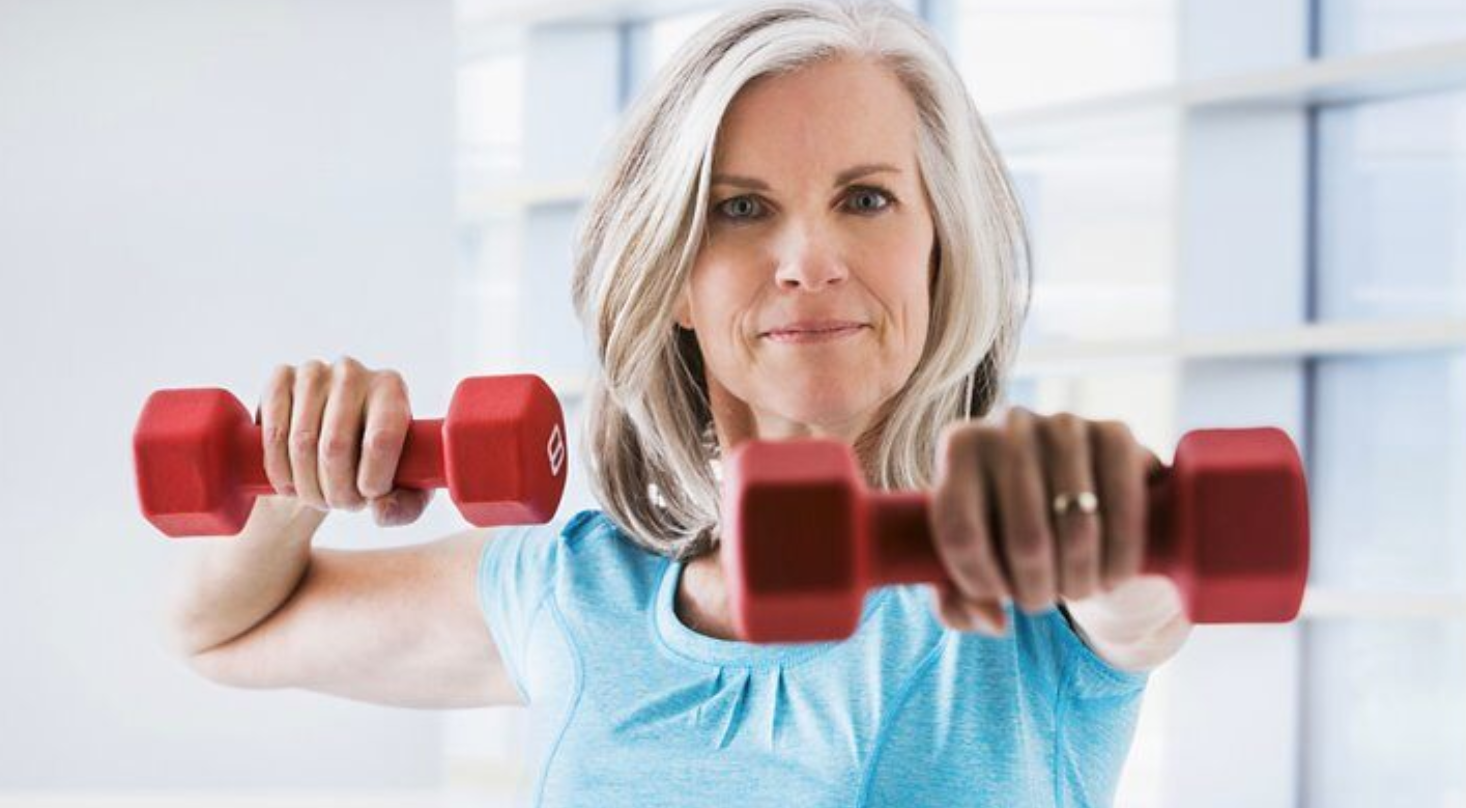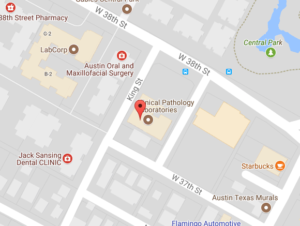
The city of Austin’s Stay Home – Work Safe Order has been extended through May 8, 2020 by Mayor Steve Adler and Travis County Judge Sarah Eckhardt. This Order requires residents to stay at home, except for essential activities and essential businesses to prevent further spread of COVID-19. In addition, the Order now requires the public to wear fabric face coverings when conducting essential activities or work.
Examples of Essential Activities as defined in the order include:
- Health and safety: obtaining healthcare, emergency services, medical supplies, or medications
- Necessary supplies and services: obtaining groceries and prepared take-out food, liquor stores, pet food, and supplies necessary for staying at home
- Outdoor activity and services: engaging in individual outdoor activity, such as walking (includes your pet), hiking, biking or running provided that individuals maintain at least 6 feet of social distancing
- Essential work and services: performing work at an essential business defined in the Order, which includes all services needed to ensure the continuing operation of critical infrastructure to maintain the health, safety, and welfare of the public
- Care for others: caring for a family member, the elderly, minors, dependents, persons with disabilities, or other vulnerable persons in another household
Examples of Non-Essential Activities include:
- Social gatherings regardless of the number of people together who do not reside in the same household
- Indoor/outdoor on-site restaurant dining
- Visiting bars, entertainment venues
- Exercising at gyms and fitness centers
Face Covering Information: The city now requires all individuals to wear a fabric face covering when leaving their residences, along with physical distancing. This is due to the findings consistent with the Centers for Disease Control (CDC) and Austin-Travis County Health Authority that a significant percentage of individuals with COVID-19 do not have any symptoms. An infected person can also transmit the virus to others before showing any symptoms. The covering of one’s nose and mouth when outside their home or residence is necessary to help prevent the spread of COVID-19. Keep in mind that when you wear your face covering, you are protecting other individuals, and when others wear their face coverings, they are protecting you. This is not meant to be a substitute for maintaining the 6-feet social distancing guidelines and hand washing, as these remain vital steps to slow the spread of the virus. Medical grade (N95) and surgical masks should be reserved and used only by medical professionals and first responders. Please see this flyer for how to make your own cloth face covering, or see this video for easy instructions. Parents and guardians of children under the age of 10 are responsible for appropriately masking children when outside of their residence.
All individuals over the age of 10 must wear some form of covering over their nose and mouth, such as a homemade mask, scarf, bandanna or handkerchief when:
- Entering into or inside of any building open to the public (including medical offices)
- Using public transportation, taxis, or ride shares
- Pumping gas
- Outside and 6 feet of social distancing cannot be consistently maintained between the person and individuals outside of their household
Cloth face coverings should:
- Fit snugly, but comfortably against the side of the face
- Be secured with ties or ear loops
- Include multiple layers of fabric
- Allow for breathing without restriction
- Be able to be laundered and machine dried without damage or change to shape
Face coverings are not required when:
- Riding in a personal vehicle
- Alone in a separate single space
- In the presence only of other members of their household or residence
- Doing so poses a greater mental or physical health, safety or security risk such as anyone who has trouble breathing, or is unconscious, incapacitated or otherwise unable to remove the cover without assistance
- Eating
What Else Can We Do?
As a household, you can plan and make decisions now that will protect you and your family during this pandemic. Along with following all current guidelines, the CDC and the Travis County Medical Society recommend the following to ensure that your household is prepared:
- Stay up-to-date about local COVID-19 activity from public health officials (please see our COVID-19 page for more information).
- Create a list of local organizations you and your household can contact in case you need access to information, healthcare services, support, and resources.
- Create an emergency contact list including family, friends, neighbors, carpool drivers, healthcare providers, teachers, employers, the local public health department, and other community resources.
- Plan ways to care for those who might be at greater risk for serious complications.
- Take everyday preventive steps (see here for more information) and watch for symptoms. Stay home and speak to your healthcare provider if you develop a fever, cough, or shortness of breath. If you develop emergency warning signs for COVID-19 (trouble breathing, persistent pain or pressure in the chest, new confusion or inability to arouse, bluish lips or face) seek medical attention immediately.
- Choose a room in your home that can be used to separate sick household members from those who are healthy. Identify a separate bathroom as well, if possible. Learn how to care for someone with COVID-19 at home.
- Prepare for possible illness. Most people who contract COVID-19 will have mild illness not requiring hospitalization. Should anyone in your household need hospitalization, it is important to write down vital health information ahead of time. Take the time now to write down your health history and include any legal documents, such as power of attorney and medical directives. Bring this information to the hospital in the case of hospitalization. A convenient form developed by the Travis County Medical Society can be filled out.
- Take care of the emotional and mental health of your household members. Outbreaks can be stressful for adults and children, and children respond differently to stressful situations than adults. Talk with your children about the current situation, try to stay calm, and reassure them that they are safe.
As we are all experiencing, the pandemic has changed our daily lives and since we’ve never dealt with anything like this before, we are all learning as we go. The most important goal is to avoid a large number of people needing hospitalization at the same time, raising the possibility that health care resources will not be adequate to care for everyone. We must all do our part to slow the spread of COVID-19 to prevent this from happening. Enormous efforts in Central Texas alone are underway to manage the effects of COVID-19 on our health care system and our economy. From the words of the Travis County Medical Society, “This pandemic will pass, and life will return to normal. Some things may change. But rest assured, Austin will still be weird, and a great place to live.”





